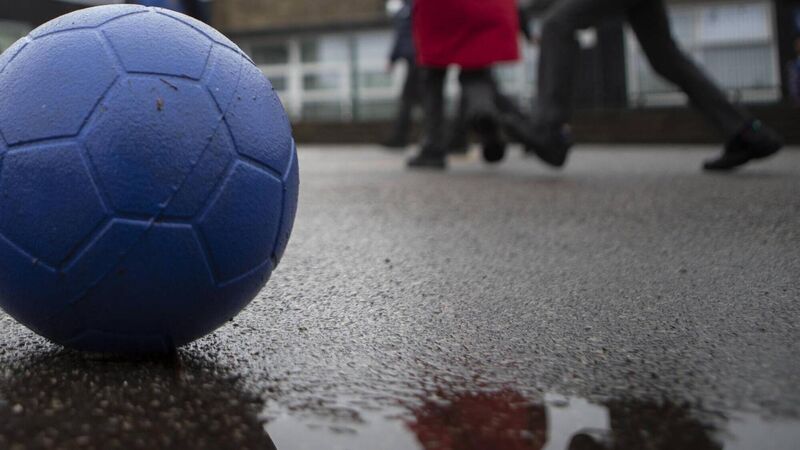Drop-off in teenage girls participating in sport remains a 'significant concern'

The report suggests 96% of primary school children are participating in some form of sport at least once a week, while 84% of secondary school children do some form of sport.
More children are meeting the daily recommended exercise guidelines, but the drop-off in teenage girls participating in sport remains a “significant concern”.
Sport Ireland’s latest study on children’s participation in sport and physical activity suggests just 15% of children are meeting the recommended physical activity guidelines of one hour of moderate-to-vigorous activity per day.
However, this was a 2% rise from 2018. While almost one in five boys are meeting this target (19%), this drops to 11% for girls.
The report suggests 96% of primary school children are participating in some form of sport at least once a week, while 84% of secondary school children do some form of sport.
There was a small increase in the number of primary school children walking or cycling to school when compared to 2018, at 43% of children. However, there was a fall in secondary school students walking or cycling (down from 40% to 35%).
Sport Ireland also found significantly lower rates of sport participation among students with disabilities compared to those without disabilities.
While more girls than boys do sport in primary school, there was a big drop-off when girls reach secondary school, from 94% to just 65% participation rate.
The sporting body’s chief executive Dr Úna May said: “Our children's levels of sport are growing which is fantastic — primary school kids are doing more sport than ever.
“We know that we have a huge challenge when they go to secondary school. We have this significant drop-off that happens both for girls and boys but girls in particular we see a massive drop and that's been a concern for a long time.”
Dr May said there were a number of reasons for this, and it was important for sports for girls to be inclusive, well-resourced and targeted to what they are interested in.
The report said: “The most common reasons why post-primary students gave up a sport were a lack of interest (18%), sport being too time-consuming (13%) and schoolwork (11%). Fewer students report giving up a sport due to the quality of their coaches (4%) or attitudes of their peers (3%) and only 2% of students reported giving up a sport due to costs.”
Moving beyond the pandemic, more students said covid-19 measures had a positive rather than a negative effect impact on their overall health, fitness levels and physical activity. When asked why they do sport, “to keep fit” was the most commonly cited reason. Boys were twice as likely to say “because of their father” than girls.
The report recommended increased investment for physical activity and sports initiatives in schools so that programmes are “accessible to all, sustainable and adaptable to society changes”.
It also recommended advocating for “upstream solutions”, which is the full implementation of policies that either directly or indirectly help children to be physically active.
“These include, but are not limited to quality PE, active transport infrastructure, public education campaigns focusing on children, sport and physical activity, urban design that supports sports clubs and green spaces close to residential locations as well as accessible and affordable physical activity facilities, eg diverse sports facilities, swimming pools, dance studios etc,” it said.
It also encouraged the informed and responsible use of apps, watches and other activity tracking devices to motivate children to be more active as “ownership alone is inadequate to change behaviour”.









